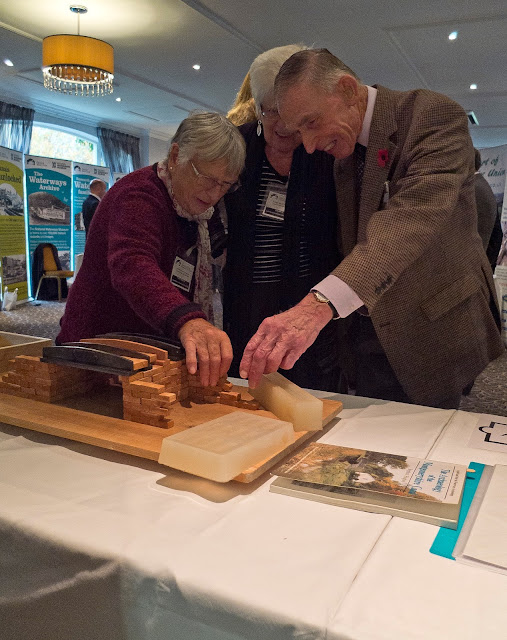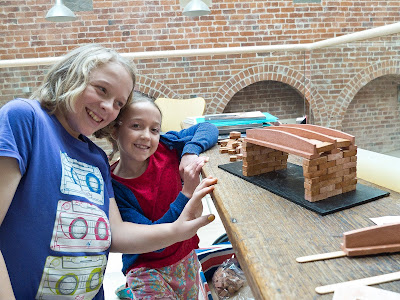Just over a month ago, on Friday 6th November, I was invited to hold a stall at the Canal & River Trust Annual Showcase in Shropshire. There were many other organisations and individuals attending, from wildlife, boating and angling organisations to charities working with young people and the resident Blacksmith at Ellesmere canal yard.
I displayed the newest additions to the Monty Canal modelling kit: some fish-bellied 'cast-iron' beams, and the moulds used to make them. The CRT education specialists and workshop leaders had a stall too, and it was good to talk to them about some of their canal-connected activities including a modelling kit they use with younger children in sandboxes.

I
also presented information about the other strands to the residency,
such as the Newtown Field Trip, the textile collaboration and this blog.
In the afternoon there was an opportunity to take part in
planning sessions and I joined the Montgomery Canal group. It was a
good chance to put forward ideas that have emerged from my research and time spent on
the canal but have not directly become part of the project. It was also a good forum to talk about the contact I've had with different communities along the canal, as
well as my own points of view on the future of the canal as a native of Mid Wales.






















































